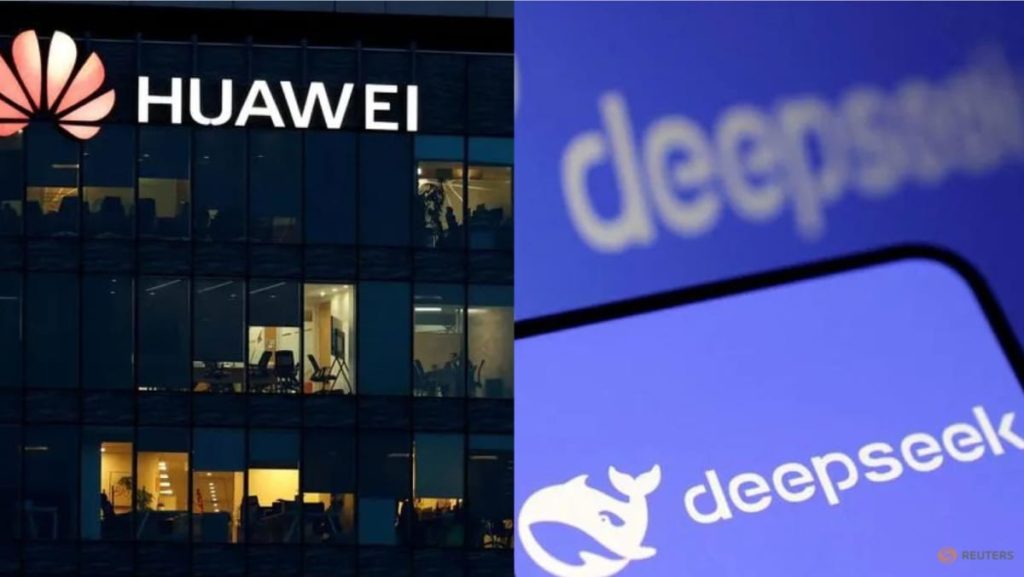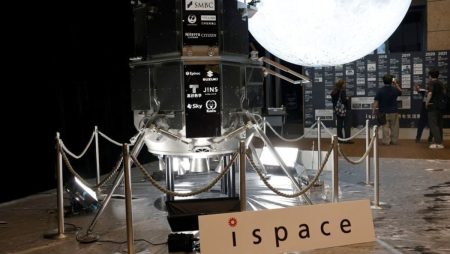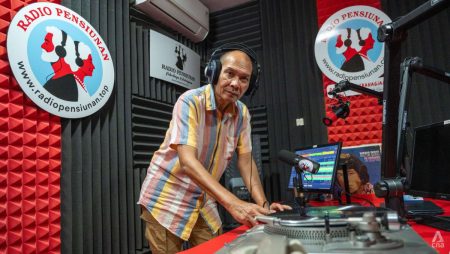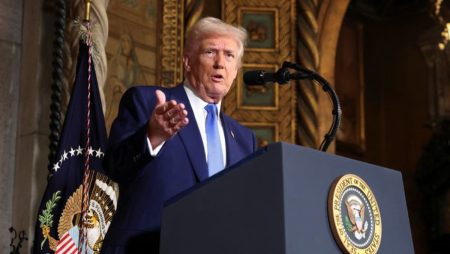The evolving technological decoupling between the United States and China presents profound implications for the global landscape, creating a bifurcated technological world with distinct ecosystems and standards. This separation is not merely a matter of different operating systems or hardware; it represents a fundamental divergence in digital infrastructure, impacting consumers, businesses, and the very fabric of international trade. For consumers, the most visible manifestation of this decoupling will be the emergence of incompatible technological standards. Harmony OS, China’s homegrown operating system, is poised to become a dominant platform, particularly across the Global South, where China’s economic and political influence is rapidly expanding. While adoption by non-Chinese manufacturers remains uncertain due to various technical and political hurdles, the sheer size of China’s domestic market provides a robust foundation for Harmony OS to thrive, potentially establishing it as a major global player irrespective of international adoption. This divergence in operating systems could lead to a fragmented user experience, with different app ecosystems, data privacy standards, and interoperability challenges.
The ramifications for businesses are even more complex and challenging. Companies operating in the global market are increasingly caught in a precarious position, forced to choose between maintaining access to the lucrative Chinese market and complying with increasingly stringent US regulations. Aligning with US policies could result in retaliatory measures from China, including market restrictions and potential supply chain disruptions. Conversely, prioritizing the Chinese market could jeopardize access to US technologies and markets, creating a difficult balancing act. This dilemma underscores the growing polarization of the global tech landscape, forcing businesses to make strategic decisions with significant implications for their long-term growth and survival. The increasing complexity of navigating this divided technological world demands careful consideration of both market access and regulatory compliance, creating a new era of strategic planning for multinational corporations.
The initial US strategy of establishing a “small yard, high fence” around sensitive technologies has progressively expanded, both in scope and intensity. What began as targeted restrictions on specific technologies has evolved into a broader and more encompassing approach, encompassing a wider array of critical technologies, including semiconductors, artificial intelligence, and advanced computing components. This expansion reflects a growing concern within the US government about China’s technological advancements and their potential implications for national security and economic competitiveness. The initial focus on a limited set of technologies has given way to a more comprehensive and proactive approach, aimed at containing China’s technological rise and maintaining US dominance in key areas.
The US government’s escalating measures, culminating in the extensive semiconductor controls implemented in late 2024 and the subsequent three-tier AI controls under the Biden administration, demonstrate a clear trajectory of expanding technological containment. These actions underscore a growing sense of urgency within the US government to address the perceived threat posed by China’s rapid technological progress. Each new round of restrictions reflects a continuous effort to refine and expand the scope of technological control, aiming to stay ahead of China’s evolving capabilities. This dynamic of escalating restrictions and subsequent countermeasures has created a complex and evolving technological arms race between the two nations, with significant global implications.
However, the effectiveness of these US restrictions has been repeatedly challenged by China’s resourcefulness and ability to develop workarounds. Furthermore, inconsistencies in the application of these restrictions have further undermined their impact. In response to these challenges, the US has adopted an even more expansive approach, targeting a wider range of technologies, including advanced AI chips and ultra-fast memory chips crucial for high-performance computing. This broadening of the technological battlefield reflects the US government’s determination to maintain its technological edge and prevent China from gaining a strategic advantage in critical areas. The ongoing cycle of restrictions and countermeasures highlights the complex interplay between the two nations, as each seeks to navigate the evolving technological landscape and secure its position.
China’s response to US containment efforts has become increasingly assertive and strategic. Beyond simply developing technological workarounds, Beijing has actively targeted vulnerabilities in the US supply chain, as demonstrated by the disruptions to American drone maker Skydio’s battery supply. Furthermore, China’s ban on the export of crucial dual-use commodities, such as graphite, germanium, gallium, and antimony, materials essential for various high-tech applications, signals a willingness to leverage its control over critical resources as a countermeasure. The launch of probes into US chip exports further underscores China’s proactive stance in this technological contest. These actions demonstrate a shift from a primarily defensive posture to a more offensive strategy, aiming to disrupt US technological advancements and exert pressure on American companies reliant on Chinese resources. This escalating tit-for-tat dynamic between the two nations highlights the growing complexity and interconnectedness of the global technological landscape, with potentially far-reaching consequences for international trade and economic stability.










